
When we went to bed on our way to Glacier Bay we hoped for a day like we had in Skagway, blue skies and sun. We were not disappointed. It was a bit hazy when we started into the Bay, but cleared up and we had a perfect day viewing the park. Glacier Bay National Park is 3.3 million acres of mountains, glaciers, forests, and waterways. In 1680, there was no Glacier Bay, just a broad valley with a glacier moving down it. Indian villages lived in the valley. By 1750 (the end of the Little Ice Age) the ice extended past the shore line. It destroyed Indian villages moving as fast as a dog runs according to the oral traditions of the Indians. By 1880 the glacier had retreated more 40 mile up the bay leaving the bay the glacier had gouged out. Today, the you can sail 65 miles up the bay.
On the way up the bay we sighted some wildlife. Here are the pictures I got.
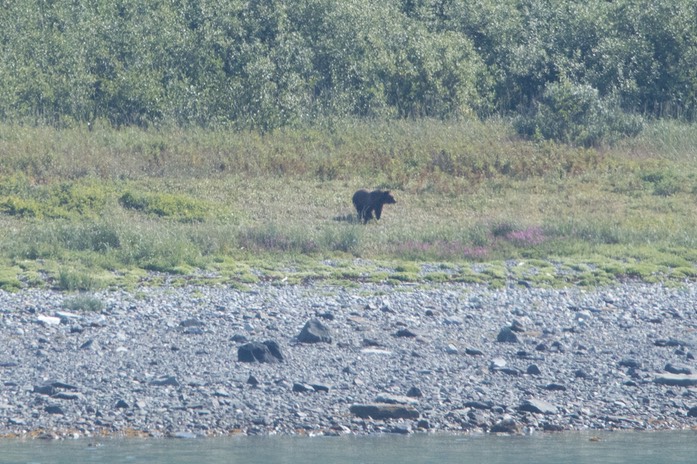
Brown bear.
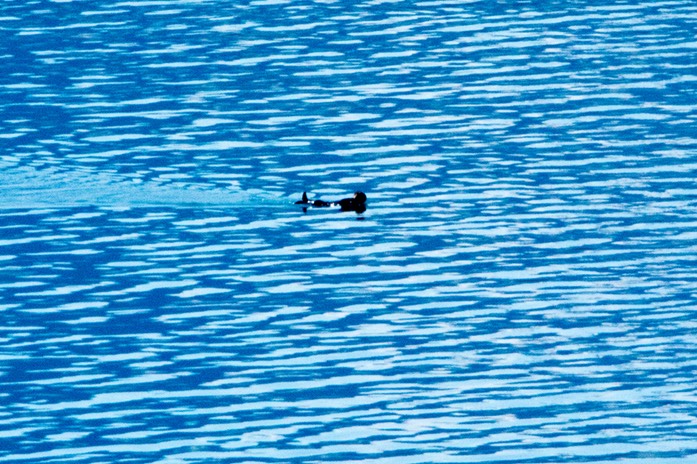
Sea lion on its back enjoying the beautiful day.
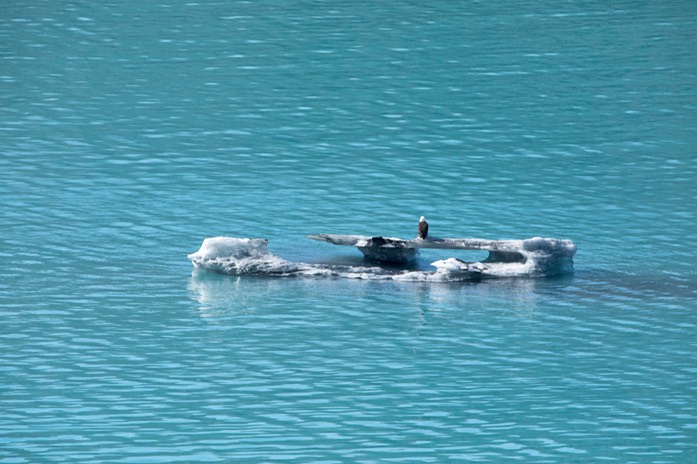
Caroline told me there was an eagle on a piece of ice floating by our ship. I looked at it thought it was just a piece of ice. She insisted and I looked again and sure enough it was an eagle just hanging out on the ice.
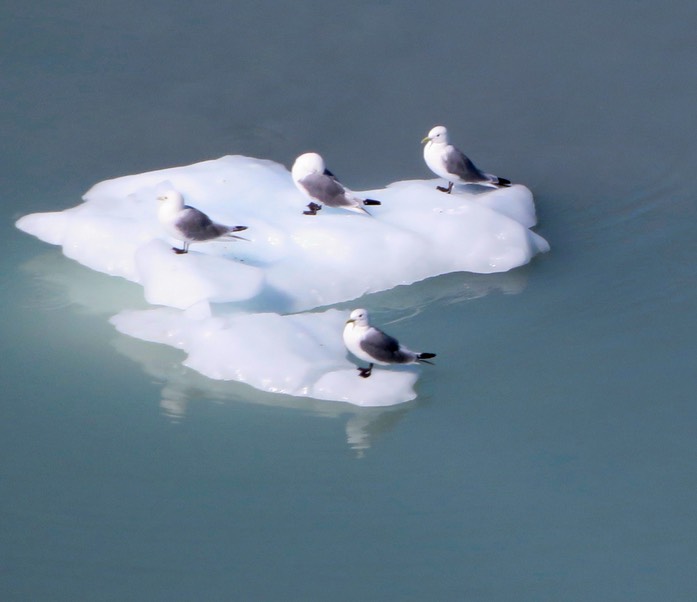
There were lots of these little birds sitting on chunks of ice.
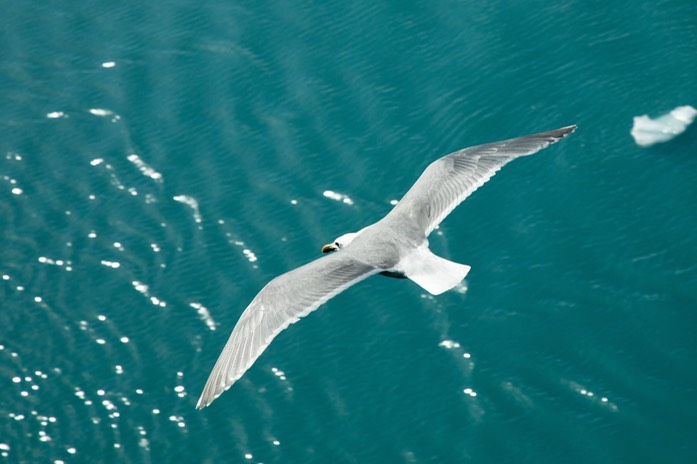
The BLOG is not complete without a picture of seagull. I wondered why they were flying laps up and down the ship just below the deck we were on. Later Rick told us that he was on their balcony watching the scenery through binoculars while holding a pear in his hand. A seagull swooped down and took the pear out of his hand.
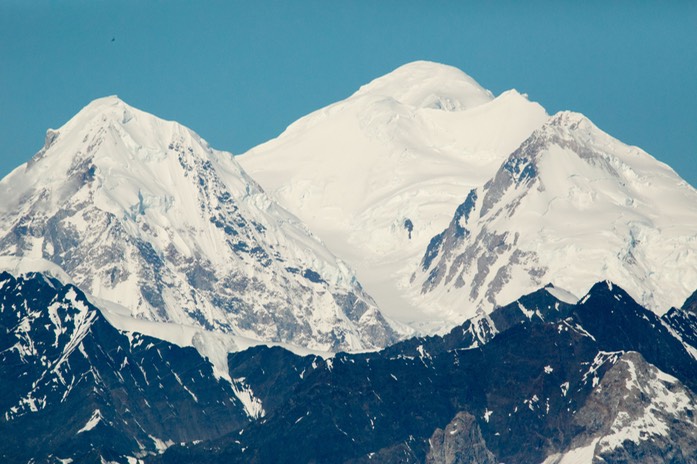
This is Mount Fairweather, the highest mountain in the park. It is 15,300 feet tall. The park ranger on board said the mountains get as much as 100 feet of snow a year. When the snow pack doesn’t completely melt and gets thicker from year to year, pressure turns it into ice, forming a glacier. That ice flows down the slope.
Pictures of the glacier are in the next post.
